This article was co-authored by Laura Marusinec, MD. Dr. Marusinec is a board certified Pediatrician at the Children's Hospital of Wisconsin, where she is on the Clinical Practice Council. She received her M.D. from the Medical College of Wisconsin School of Medicine in 1995 and completed her residency at the Medical College of Wisconsin in Pediatrics in 1998. She is a member of the American Medical Writers Association and the Society for Pediatric Urgent Care.
There are 15 references cited in this article, which can be found at the bottom of the page.
This article has been viewed 452,023 times.
Is pollen, dust, or pet dander getting to you? If you are allergic to any of these allergens, you’ve probably developed a runny nose. It can be a pain or just plain painful. With care, you can combat your runny nose, dry out your histamine swollen mucus membranes, and return your nose to normal.[1] Once, you've dealt with your runny nose, you can then take steps to guard yourself from allergies in the future.
Steps
Stopping a Runny Nose
-
1Take an antihistamine. As the name suggests, antihistamines prevent the body from producing histamines, which cause your nose to run. Antihistamines dry out the mucus membranes in your nasal passages . You can try over-the-counter antihistamines that contain agents such as loratadine or diphenhydramine. Common antihistamines are Allegra, Claritin, Zyrtec, Benadryl, Phenergan, and Clarinex.[2]
- Benadryl is likely to cause some sedation, while Claritin tends to cause the least. Take the necessary precautions when using a medication that may cause drowsiness.[3]
-
2Visit a doctor. Your doctor will be able to prescribe an allergy medicine. He or she will prescribe either an antihistamine, a corticosteroid (nasal spray), various decongestants, a leukotriene inhibitors, or allergy shots. These shots are sometimes recommended if you cannot avoid pollen or other allergens. The goal is to acclimate your body to the presence of certain allergens.[4]
- Remember that prescription-strength antihistamines are indeed stronger, and they also come with stronger side effects such as anxiety, diarrhea, increased blood pressure, and even insomnia.[5]
- Studies show that daily use of corticosteroid nasal sprays can be very effective in reducing nasal symptoms caused by allergies. Some sprays, such as Flonase and Nasacort, are also available without a prescription.[6]
- Don't overuse decongestant nasal sprays. rebound congestion of the nasal mucosa when you try to stop using them, and this may cause a dependency on nasal sprays.[7]
- Visit your doctor if you have severe allergy symptoms, increased wheezing or coughing, or if your symptoms do not respond to treatment.
Advertisement -
3Clean out your nose. Use a saline nasal spray. Saline nasal sprays can help keep the mucus membranes moist. They are available over the counter without a prescription, and they work both to keep the mucus membranes moist and flush irritants out of your nasal passages.
- Some people prefer to make their own saline spray. Sprinkle some salt in a cooking pan with 1 cup of water, 1/2 tsp of salt, and a pinch of baking soda. Then bring your concoction to a boil. Once it has begun boiling, pour it into a bowl. Place a towel over your head and put your face over the bowl, but not too close or you may burn yourself on the steam. Breathe in the steam. Adding some eucalyptus oil/salve can help soothe your raw sinuses.[8]
-
4Use a Neti pot. Fill the pot with 240 milliliters (8.1 fl oz) (8 fl oz) of lukewarm distilled, filtered, or previously boiled water. Try to avoid using tap water unless it has been properly boiled and cooled down. Distilled water is recommended. You can add your own mixture of saline solution or use over the counter products.[9]
- Tilt your head to one side while standing near a sink. Position the spout of the pot in one of your nasal passages and then pour half of the solution, allowing the solution to come out of the other nasal passage. Repeat with your other nasal passage. Clean and disinfect the Neti pot after each use.
-
5Drink lots of water. Although your nose probably won’t stop running the second you put down the empty water glass, it’s important to stay hydrated when you are experiencing allergy symptoms. Blowing your nose over and over and taking medication with dehydrating side-effects will dry out your mucus membranes. Drinking a 16 ounce glass of water every couple of hours can help to reestablish your system’s equilibrium.[10]
-
6Try herbal remedies. Several at-home herbal remedies exist that act as antihistamines.
- Mustard oil. It has antihistamine properties. Take a dollop of mustard and heat it up in a kitchen pan with a little water. When the solution is thin enough to be sucked into an eye dropper, transfer a small amount into one of your nostrils. Breathe it in deep. Because mustard has such a strong scent, it can take a few seconds to recover from the initial blast.
- Turmeric. This herb has long been valued by Indian culture for both its culinary and medicinal properties. Soak a small amount of Turmeric powder in pure linseed oil, which can be purchased at most health food stores. Hold the linseed-oil-laced Turmeric over a heat source until it begins smoldering. Gently inhale some of the smoke.
-
7Humidify your air. Buy an air humidifier or two. There are several kinds to choose from.[11] Although it seems counter-intuitive, allergies tend to inhibit the body processes that keep the nasal passages moist. When you first come into contact with your allergic trigger, the body produces chemicals called histamines that cause the mucus membranes to swell and dry up. And then, when more air-born particles enter this dry environment—often the same particles such as pollen that triggered the allergic reaction in the first place—the body starts up the runny nose in an effort to expel them and reestablish the system’s equilibrium. Humidifiers distribute moisture into the air which helps keep nasal passages moist.
- The ideal humidity in your house should be between 30 and 50 percent. Any lower and it will be too dry for your nose. Any higher and your room will seem stuffy. It could also breed mold and bacteria.[12]
- Most humidifiers are not powerful enough to treat your entire house. Place them in the room or rooms where you spend the most time in order to have the greatest effect. When you exit the humidified environment, however, your mucus membranes will start to dry up again.
Preventing Future Runny Noses
-
1Find out what you are allergic to. A doctor can run an allergy test, which will help narrow down and even pinpoint exactly what allergen you are suffering from. Sometimes, they come back inconclusive or will indicate several allergies. The more information you can gather about your allergy, the better. Once you have a general idea of what causes your runny nose, you can start avoiding exposure to those allergens.[13]
-
2Avoid triggers. Environmental irritants and allergens like pollen, pet dander and hair, dust, and cigarette smoke can all dry out nasal passages and start the runny nose cycle. Use an air purifier in your home to remove these irritants from the air, but recognize that it is virtually impossible to avoid all triggers unless you seal yourself inside an air-tight container.[14]
- One of the most common airborne allergens in the United States is ragweed pollen, and there are over 17 varieties. Although it is almost impossible to avoid exposure to ragweed completely, you can learn where high concentrations are likely to be located in your local environment. Avoid these locations as best you can.
- Avoid going outside during peak times, such as early morning, and close your windows when pollen counts are high.
- Reduce dust mites in your home by minimizing the presence carpeting, blankets, and stuffed animals. Use dust mite covers for mattresses and pillows.
-
3Cover your face. This is probably the most extreme way to protect yourself from the allergens that produce a runny nose. If the particles can’t get into your body, they can’t cause a runny nose. If you go outside during allergy season, wear a scarf over your nose and mouth. A protective face mask can do an even a better job.
-
4Wash your hands frequently. This will prevent allergens from spreading. Use soap and water. Any soap will work because you are only trying to remove allergens, not kill bacteria. Scrub your hands for at least 20 seconds. Rinse and dry your hands on a clean towel.[15]
-
5Wash your face after coming into contact with allergens. If you are allergic to pet dander, wash your face after petting a dog. If you are allergic to pollen, then wash your face when you come indoors after being outdoors for a while. This will help reduce your exposure to allergens.[16]
References
- ↑ https://my.clevelandclinic.org/health/symptoms/17660-runny-nose
- ↑ http://www.drugs.com/drug-class/antihistamines.html
- ↑ https://fpnotebook.com/ent/pharm/NnSdtngAnthstmn.htm
- ↑ http://www.nlm.nih.gov/medlineplus/ency/article/000813.htm
- ↑ https://my.clevelandclinic.org/health/drugs/21223-antihistamines
- ↑ https://www.uptodate.com/contents/allergic-rhinitis-beyond-the-basics/print
- ↑ https://medlineplus.gov/druginfo/meds/a612015.html
- ↑ http://www.nlm.nih.gov/medlineplus/ency/article/003049.htm
- ↑ https://universityhealthnews.com/daily/eyes-ears-nose-throat/how-to-use-a-neti-pot-to-stop-runny-nose/
- ↑ https://my.clevelandclinic.org/health/symptoms/17660-runny-nose
- ↑ https://health.clevelandclinic.org/how-you-can-tell-if-you-need-a-humidifier/
- ↑ https://www.sleepfoundation.org/bedroom-environment/humidity-and-sleep
- ↑ http://acaai.org/allergies/treatment/allergy-testing
- ↑ https://acaai.org/allergies/allergy-symptoms/runny-nose-stuffy-nose-sneezing
- ↑ https://www.cdc.gov/handwashing/when-how-handwashing.html
- ↑ https://www.cdc.gov/features/rhinoviruses/index.html
About This Article
To get your nose to stop running with allergies, boil water, salt, and baking soda to make a saline “cure.” When the mixture has boiled, pour it into a bowl, lean over the bowl with a towel over your head, and inhale the steam. You can also fill a Neti pot with saline solution and tap water that you've boiled and let cool. With the Neti pot filled, tilt your head to one side over a sink, pour the solution in one nasal passage, and let it come out the other nasal passage. Then repeat the process on the other side. To learn from our Medical reviewer how to make your own herbal remedies for a runny nose, read on!
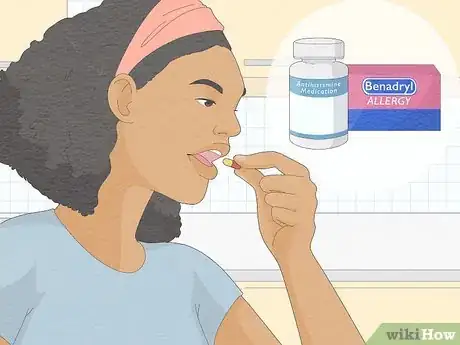
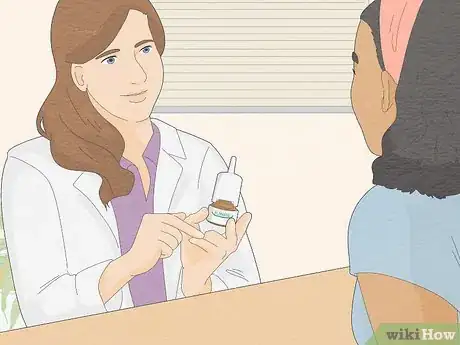
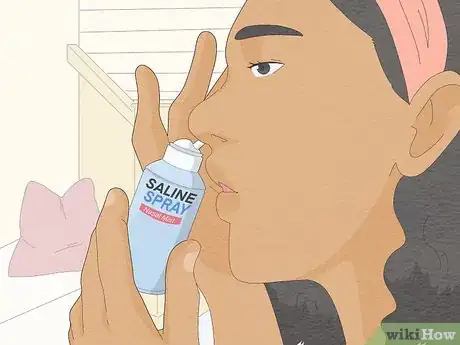
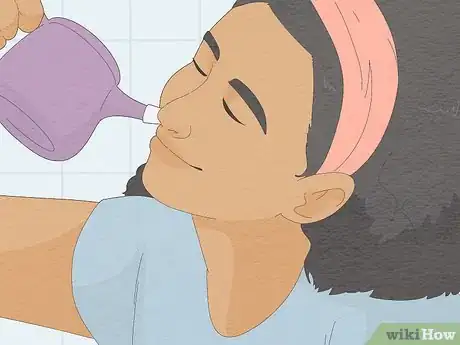

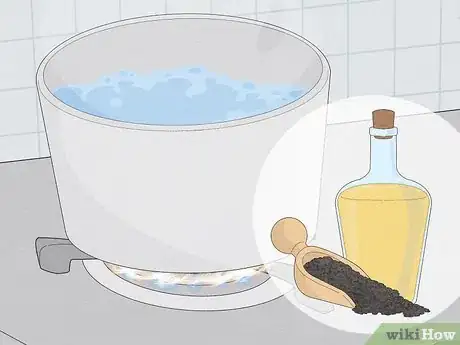
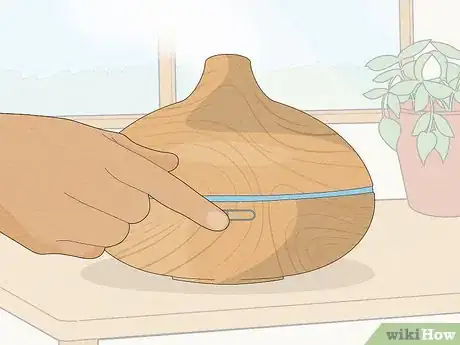
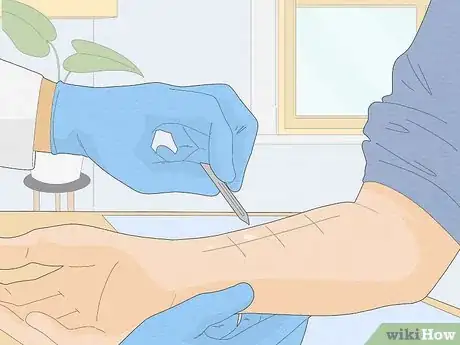

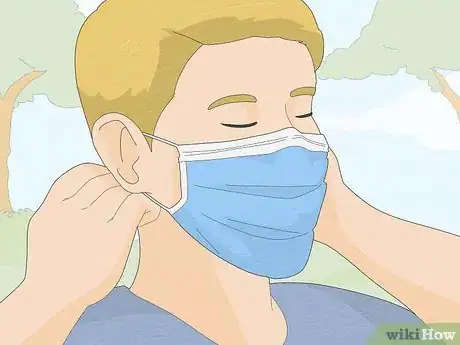
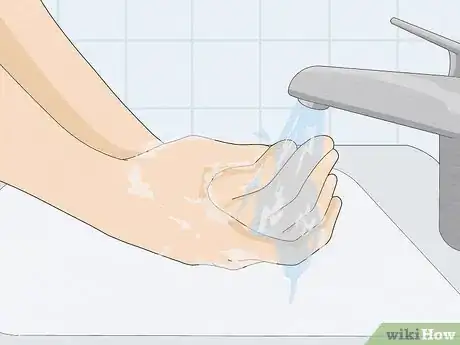
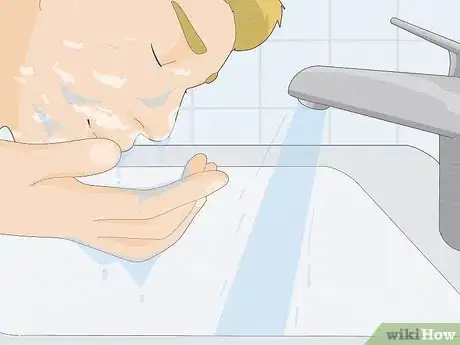

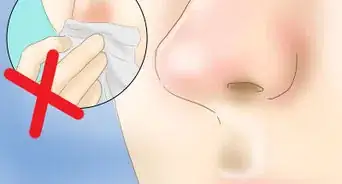

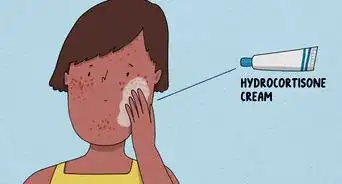
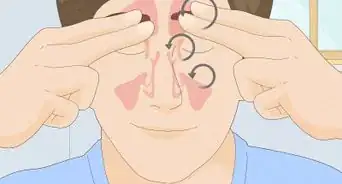



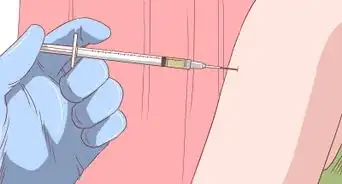



-Step-17-Version-3.webp)












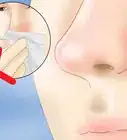

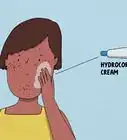



































Medical Disclaimer
The content of this article is not intended to be a substitute for professional medical advice, examination, diagnosis, or treatment. You should always contact your doctor or other qualified healthcare professional before starting, changing, or stopping any kind of health treatment.
Read More...